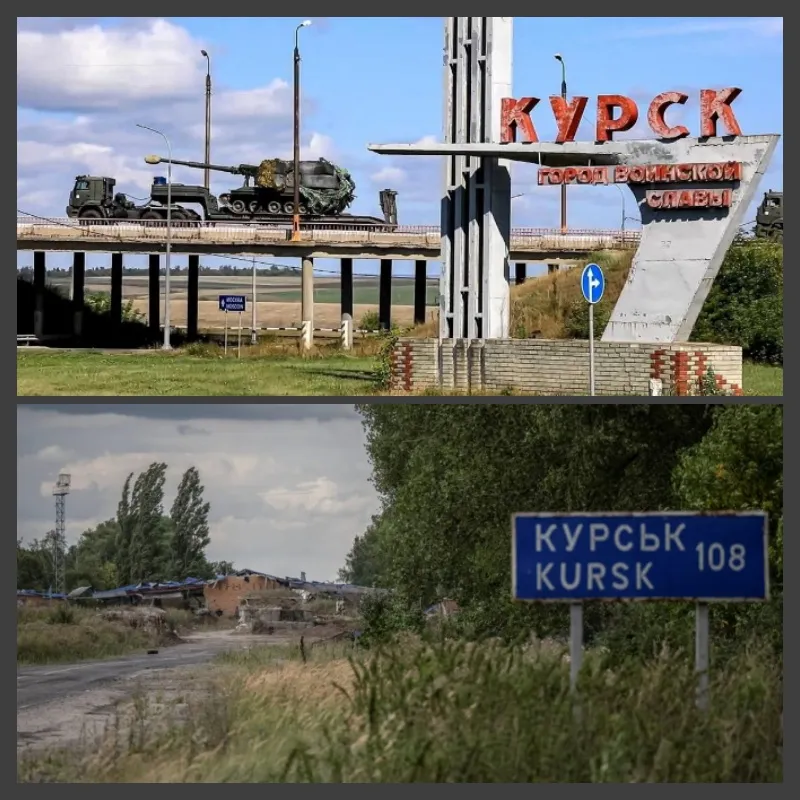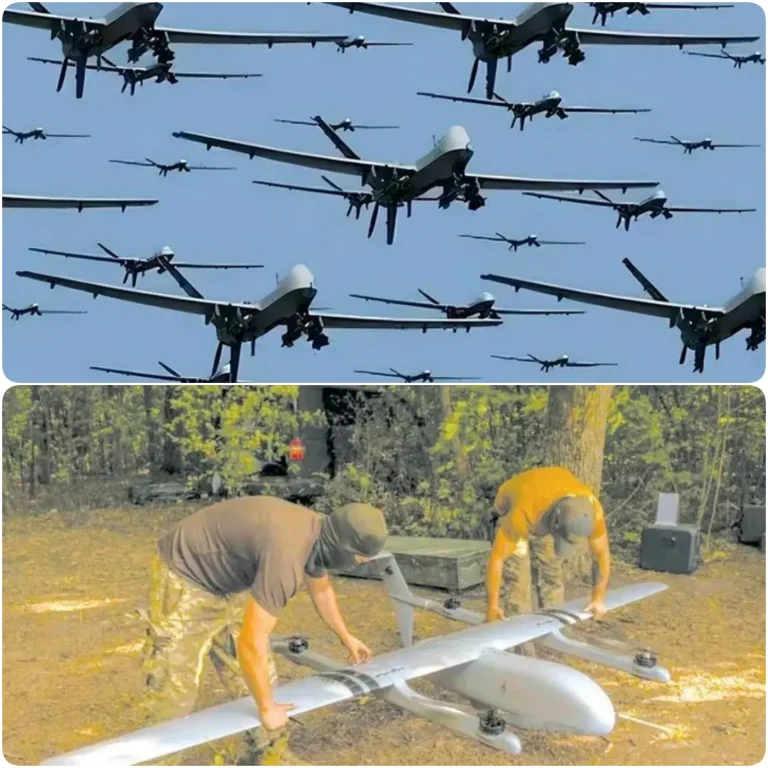
Russia Struggles to Repel Ukrainian Forces in Kursk: What’s Behind the Slow Response?
After three weeks of intense fighting, Russia has yet to drive Ukrainian forces out of the Kursk region. This slow response marks a significant development in the ongoing conflict, as it is the first instance of Ukraine occupying Russian territory since World War II. The situation highlights key issues related to Russian military strategy and priorities.

Challenges in Russian Military Strategy
1. Overextended Military Resources
Russia’s slow reaction in Kursk can be attributed to its overextended military resources. The bulk of Russian forces are engaged in offensives within Ukraine, leaving insufficient reserves to address the incursion effectively. The Kremlin appears to prioritize its operations in Donbas, where President Vladimir Putin’s main objective is the collapse of the Ukrainian state.
2. Putin’s Strategic Priorities
Putin’s focus on Donbas is evident from his actions since the full-scale invasion began in 2022. After illegally annexing several Ukrainian regions, including Donetsk, Luhansk, Zaporizhzhia, and Kherson, Russia’s primary goal has been to solidify control over these areas. Putin’s public statements suggest that he views the Kursk incursion as a minor distraction rather than a serious threat.
3. Tactical Considerations
While Russian troops continue their slow progress around strategic locations like Pokrovsk, they are reluctant to divert resources to Kursk. The strategic importance of Pokrovsk and other fortified positions in Donetsk means that Russian forces are concentrated there, leaving Kursk less defended.
Russian Military Response and Public Perception
1. Limited Response and Propaganda
Russia’s response to the Kursk incursion has been marked by a limited military strategy and extensive use of state propaganda. Instead of rallying national support against the Ukrainian advance, the Kremlin has attempted to downplay the situation. State-controlled media portray the attack as evidence of Ukraine’s aggression, seeking to justify Russia’s broader invasion.
2. Impact on Domestic Sentiment
Despite the embarrassment of having Russian territory occupied, the Kremlin’s propaganda may mitigate widespread discontent. Experts suggest that the situation could even bolster nationalistic sentiments and support for the government, as residents focus on Russia’s efforts to assist displaced individuals rather than the military setbacks.

Current Military Situation and Future Risks
1. Ukrainian Gains and Russian Limitations
Ukrainian forces currently control a significant portion of the Kursk region, including around 1,300 square kilometers and approximately 100 settlements. However, the dynamic nature of the conflict means that Ukrainian control is not yet fully secure. Russian efforts to counter these advances are constrained by logistical issues and limited coordination.
2. Risks and Strategic Implications for Ukraine
Ukraine’s push into Kursk introduces substantial risks. Extending the front line by capturing Russian territory could stretch Ukrainian forces thin, complicating logistics and defense. The extended supply lines could become vulnerable targets, and the challenge of sustaining operations in Kursk will depend on Russia’s response and adaptation.
The ongoing conflict in Kursk reveals crucial insights into Russian military strategy and the complexities of the broader war. As both sides navigate this high-stakes situation, the outcome in Kursk will have significant implications for the future of the conflict. Monitoring the evolving dynamics will be essential for understanding how the war unfolds.






